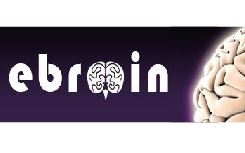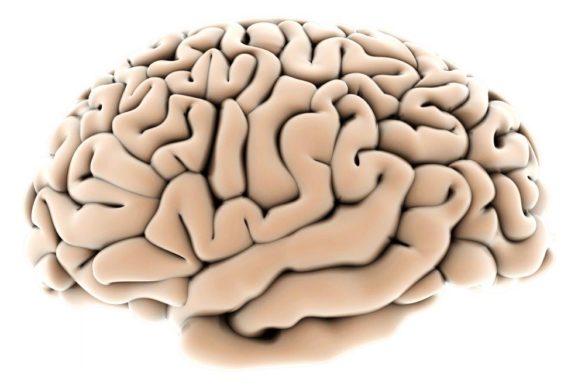 by Jean Schoenen
by Jean Schoenen
Narcolepsy, a rare disabling disorder
Narcolepsy is rare disorder with an incidence of ±0.3-0.6 per 1000,000 person-years and onset typically in the teens. It is clinically characterized by excessive daytime sleepiness, cataplexia and REM sleep abnormalities, but in milder cases, for instance without cataplexia, diagnosis may be delayed for years.
Narcolepsy is due to failure of the hypocretin (HCRT) (orexin) peptidergic system. Contrary to narcoleptic dogs who lack the hypocretin receptor, narcoleptic patients lack hypocretin itself, as indexed by CSF levels, due to the loss of ± 70,000 neurons in the posterior hypothalamus producing the peptide.
Narcolepsy, an autoimmune disease?
The concept that in narcoleptic patients this neuronal loss is due to an autoimmune disorder has chiefly to be credited to Emmanuel Mignot and his group at Stanford University. They first showed that narcolepsy is strongly associated with human leukocyte antigen DQ0602 (Mignot et al. 2001). With colleagues from Montpellier and Montreal they drew attention to the fact that 2009-2010 some subjects, all DQ0602 positive, developed narcolepsy-cataplexia within days to weeks after being vaccinated against or infected with the H1N1 influenza virus (Dauvilliers et al. 2010). At that time the question whether H1N1 was triggering narcolepsy due to a non-specific stimulation of the immune system or via a specific immune response and molecular mimecry between H1N1 antigens and HCRT neurons. Argued in favor of the non-specific hypothesis the observations that recent-onset narcolepsy can be associated with streptococcal infection and that in most post-vaccination cases an adjuvant was used to strengthen the immune response.
New evidence and hope
E Mignot’s group has now provided evidence that a specific T cell autoimmunity to HCRT and cross-reactivity to a H1N1 influenza epitope are the culprit (De la Herràn-Arita et al. 2013). They identified indeed 2 DQ0602 –binding HCRT epitopes that activate a subpopulation of CD4+ T-cells in narcolepsy patients but not in DQ0602 positive healthy volunteers. Also in pairs of identical twins only the narcoleptic one carried T-cells activated by the HCRT peptides. They then challenged narcoleptic patients with a seasonal influenza vaccine containing pH1N1) and found that this increased the frequency of HCRT peptide-reactive T-cells. Most importantly, they were able to show homology between a hemagglutinin epitope specific to the 2009 H1N1 strain and the 2 HCRT epitopes, supporting the hypothesis of a molecular mimicry of HCRT and the H1N1 influenza virus leading to activation of CD4+ T-cells autoreactive to HCRT.
In a Neurology Today interview (February 6, 2014 | volume 14 | issue 3), E Mignot hypothesizes that this data may allow a blood test for an early diagnosis of narcolepsy : « A blood test could allow T-cells from a subject to be exposed in vitro to cells containing the HLA variant associated with narcolepsy. Then you add the piece of hypocretin that binds to [the haplotype] DQB1*06:02;
T-cells from normal people won’t proliferate, but if you put T-cells from patients, they will get activated.”
At present treatment of narcolepsy is merely symptomatic, but some patients have shown improvement after treatment with steroids, intravenous immunoglobulins or plasmapheresis, but effectiveness likely depends on when such therapies are given in the disease course. If a blood test can be developed and validated, diagnosis could be made earlier in patients with mild narcolepsy and disease-modifying treatments started before most HCRT have died.
Meanwhile, since all H1N1-related narcolepsy cases reported were DQ0602 positive, it was suggested by Deauvilliers et al. (2010) that HLA typing before H1N1 vaccination could be considered as a vaccinogenomic intervention.
References
Mignot E, Lin L, Rogers W, et al. Complex HLA-DR and -DQ interac¬tions confer risk of narcolepsy-cataplexy in three ethnic groups. Am J Hum Genet 2001;68:686-99.
Dauvilliers Y, Montplaisir J, Cochen V, et al. Post-H1N1 narcolepsy-cataplexy. Sleep 2010;33: 1428–1430.
De la Herrán-Arita AK, Kornum BR, Mahlios J, et al. CD4+ T cell autoimmunity to hypocretin/orexin and cross-reactivity to a 2009 H1N1 influenza A epitope in narcolepsy. Science Transl Med 2013;5(216ra176).
Jean Schoenen is Professor of Neurology and Head of the Department of Neurology at the Citadelle Hospital, University of Liège in Belgium.





